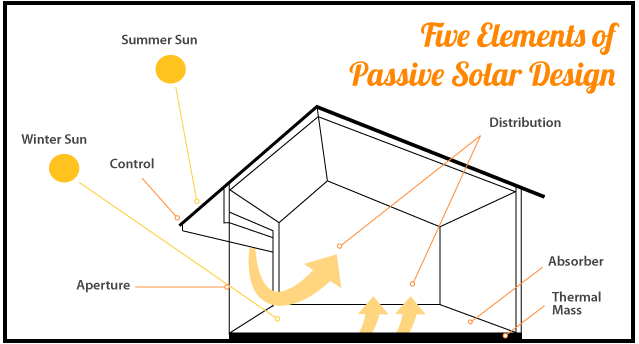Net-zero homes have become a growing trend in Alberta and it’s not just about going green anymore. Net-zero homes are not only environmentally friendly but they’re also economical as well. If you’re wondering what a net-zero home is, it’s basically a home that produces as much energy (electricity & heating) as it consumes during a year, resulting in zero net greenhouse gas emissions. Since buildings and electricity production together account for nearly 25% of Canada’s greenhouse gas emissions, net-zero homes and buildings could potentially make a huge difference in terms of climate change.
So what makes a home net-zero? Here are 2 critical aspects to address when building a net-zero home:
1) Energy efficiency and conservation come first above all else
A high quality-building envelope is a must-have for your net-zero home. Super-insulated walls and ceilings as well as quality energy efficient windows help to prevent heat loss. Your net-zero home will need to be far more airtight than the average Canadian home. An average home has 4.4 air changes per hour; whereas, your net-zero home should only have approximately 0.5 air changes per hour. For heating and cooling of the home, you can use energy-efficient electric heating/cooling systems such as a cold climate air source heat pump which can even perform at -30°C. These units usually have an electric fan coil in the unit for backup on extremely cold days. Certain air source heat pumps also function as a hot water heater by using ambient temperatures to help heat the water. In order for your net-zero home to be energy efficient and use as little electricity as possible, you will also need to switch to energy-efficient appliances and lighting. Another great way to reduce your electricity consumption is by unplugging phantom loads when a device is not in use. By creating an energy-efficient foundation for your net-zero home, you will not need as much electricity to power your home and will therefore save on the costs of your solar PV array! That brings us to the next point…
2) Go solar
Start with harvesting as much free passive solar energy as possible. The site and orientation of your net-zero home is key for both passive and photovoltaic (PV) solar. Ideally, your net-zero home should face south and have high-performance windows. For optimal energy production, your solar PV array should also be installed on the south-facing roof (west or east-facing roofs would be the next best option). You can also build overhangs above your windows to keep out direct summer sun, but still, let the lower winter sunshine in. Concrete floors are great for thermal mass as they store heat after the sun goes down.

For your electricity needs, solar PV is definitely the way to go, as it is the simplest, most cost-effective solution available today. As you may already know, prices of solar PV modules have dropped drastically over the last few years. Furthermore, by installing a solar PV system as well as energy-efficient heating systems, you will no longer be dependent on rising utility rates and have energy security for the next 25 years at the very least.
We have created a handy net-zero home guide that features some of the net-zero homes that we have installed solar on:

To find out if your existing home is energy efficient and how you can improve it, you can apply for a home evaluation by EnerGuide. Click here for more information.

